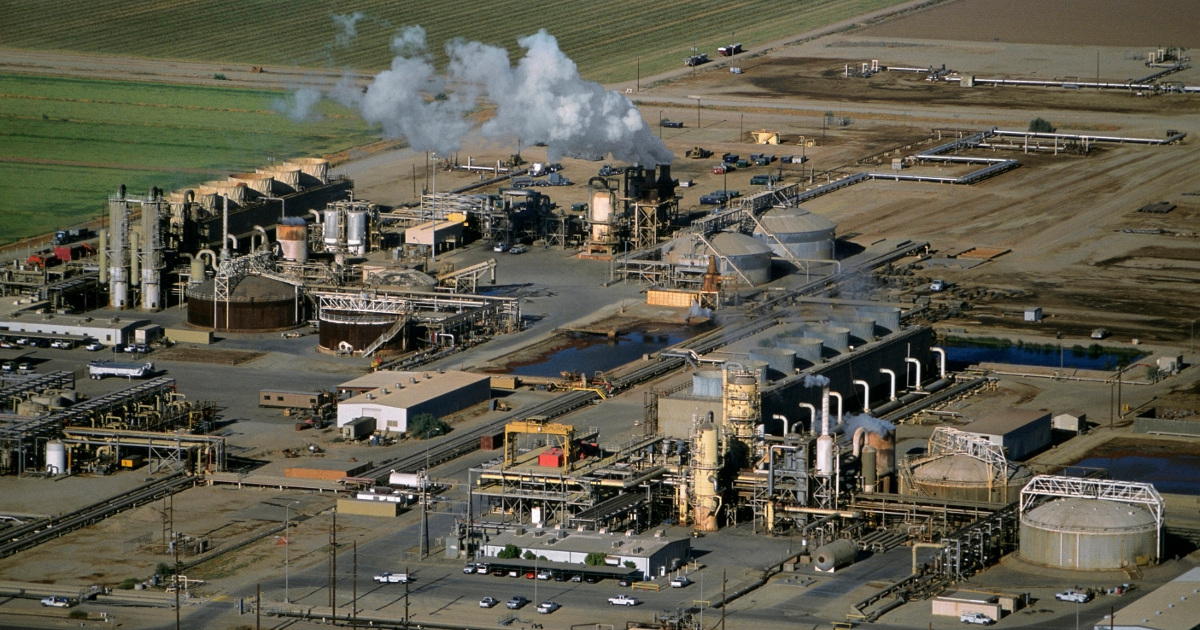
Where does your mind wander to when someone mentions ‘sustainability’, or a ‘sustainable workplace’? Most likely -and this is true for a number of Americans- these terms carry the connotations of environmentally friendly practices, environmental responsibility, and ‘green’ innovations. Certainly, Sustainability encompasses each of these ideas and practices, but Sustainability is not limited only to environmental stewardship.
Sustainability in all Forms
In December of 2016, the Occupational Safety and Health Administration published a paper detailing the intricacies of the idea of sustainability. The term cannot be limited solely to the realm of environmental practices. Rather, sustainability is an interconnected ideal rooted in three distinct pillars; society, the economy, and the environment. These pillars must all be addressed through the lens of sustainability – not only the environmental or economic portions, but the social portion as well. Workplace safety is a part of the social pillar, and often times this pillar is left standing behind as companies seek to develop greener environmental practices and streamline economic processes.
It is important to point out that innovation in the spirit of environmental and economic sustainability can have unforeseen consequences regarding worker safety. For example, new, more efficient machines may improve product output or reduce harmful biproduct, but perhaps the machine also presents new hazards that employees are not aware of. This is a prime example of how the social pillar can be left behind the economic and environmental pillars of sustainability.
So, how is workplace safety tied into the idea of sustainability? While sustainability applies feasibly to the environment and the economy through intentions of preservation and reservation of resources, it is more difficult to apply to the social field. Where sustainability meets workplace safety is where employees are given the same idealized treatment that economic resources are given. Think about it, a workforce that is built for longevity and efficiency is a workforce that avoids injuries, hazards, and is not a burden on the economic resources of a company. Though employees’ lives and wellbeing are far more valuable than a product or natural resource, they are still a type of resource – the human resource. This resource should be treated with the same idealism as the environmental and economic resources that garner so much attention.
Improving Employee Sustainability
There are numerous ways a company can address their workforce from the standpoint of sustainability. First and foremost, companies need to remember the social pillar of sustainability when testing new equipment, implementing new procedures, or changing protocol. Always placing the social pillar alongside the economic and environmental pillars will keep worker safety and other social concerns in line with economic and environmental improvements.
Companies may also wish to increase their capacity for data collection and analysis. Improving data collection systems can enable companies to identify unforeseen hazards, compare injury reports and circumstances, and better prepare for the future. Are the metrics being used to assess workplace safety giving an accurate picture of the workplace? Can there be improvements in data collection in order to gain a clearer understanding of the hazards that exist?
It is also important for companies to make workplace health and safety a completely transparent system. Data on the subject should be easily accessible and interpretable for employees or outside persons. Employees should have a hand in their own safety, and a voice as well. Ensuring the data is readily accessible allows for employees to assess their own situations from the same vantage point their employer is. Additionally, giving employees a voice through surveys and employee reports is crucial in improving workplace health and safety.
Finally, employers need to create a place for a dialogue regarding workplace safety. All interested parties – whether they be employees, stake holders, or consumers – need to be allowed to be a part of the conversation. This ties directly into the call for transparency. The best way to provide health and safety for employees is to hear their concerns directly, as well as gather input and open opportunities for innovation from stake holders and third parties.
In your company’s quest for sustainability don’t leave the social pillar behind. Certainly, the growing importance for environmental and economic sustainability requires that companies take steps to realize sustainable goals. However, it is crucial that the most important resource – the human resource- is not neglected in this process. Keep your employees safe. Make their longevity a priority.
Who are we?
Cousign offers a wide variety of safety scoreboard signs to help increase safety awareness in your company. Our signs are all fully customizable with your company logo and text. With the ability to add any number of numeric displays, traffic light indicators and scrolling message displays you’re sure to get a sign that really gets attention. If you know the details of the sign you are looking for take our product finder and quote tool for a spin to help you locate right sign, or browse our catalog to see some of the great options available.




